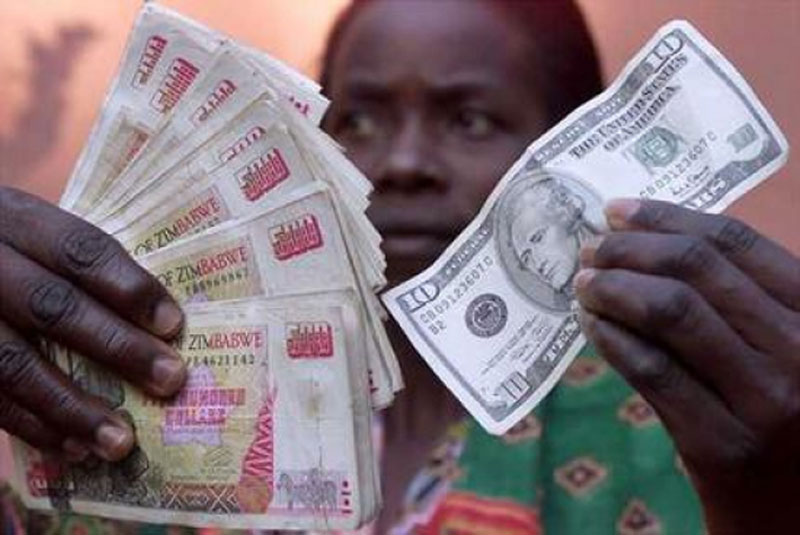
THE annual inflation rate dropped 101,62 percentage points to 659,4% last month, as recent gains of the local currency against the greenback continue to reflect on its strength. The drop in the annual inflation as measured by the all items consumer price index (CPI) was from a figure of 761,02% recorded in August.
BY BUSINESS REPORTER
“The month-on-month inflation rate in September 2020 was 3,83% shedding 4,61 percentage points on the August 2020 rate of 8,44%. The year-on-year inflation rate (annual percentage change) for the month of September 2020 as measured by the all items consumer price index (CPI) stood at 659,4%,” said ZimStat, the national statistics agency yesterday. “The CPI for the month ending September 2020 stood at 2 205,24 compared to 2 123,97 in August 2020 and 290,39 in September 2019.”
Using the blended CPI, the annual inflation rate fell to 376,29% last month from an August comparative of 420,91. The month-on-month blended CPI was -0,47% last month from an August 2020 rate of 1,41%.
“The blended CPI for the month ending September 2020 stood at 100,93 compared to 101,41 in August 2020 and 21,19 in September 2019,” ZimStat said.
The drop in the inflation rate is due to the local unit gaining against the greenback owing to Treasury and central bank measures to curb illicit activities on the parallel forex market.
As the parallel forex rate is largely regarded as the true foreign currency exchange rate by the market, authorities significantly cut down on daily monetary transactions and virtually eliminated agency mobile banking which greatly reduced activity thereby controlling the Zimbabwe dollar.
Further, efforts to curb reserve money growth and the money supply also supported the local currency thus reducing inflation.
- Chamisa under fire over US$120K donation
- Mavhunga puts DeMbare into Chibuku quarterfinals
- Pension funds bet on Cabora Bassa oilfields
- Councils defy govt fire tender directive
Keep Reading
“The Zanu PF crackdown on underground currency trading has caused inflation in Zimbabwe to drop significantly. Using high frequency data and sound science, I measure Zim’s inflation to be 452%/yr, almost 300 percentage points lower than the official rate,” renowned American economist Steve Hanke tweeted last week.
He cautioned: “Anyone who interprets my current measure of Zimbabwe’s inflation, which is the world’s second highest, in a positive light requires medical attention.”
Local economists also agree that while the Zimbabwe dollar depreciation has slowed it still remain highly volatile and that sustaining the gains of the local currency remained in doubt as the fundamentals to stabilise the currency had not yet been addressed.
Further, USAid food security arm, Fewsnet, reported that while last month saw some stability on the official and parallel forex markets rates, prices were still going up, albeit, at a slower speed.
“Though some stability in the official and parallel markets exchange rates has largely curbed price volatility on the markets, some price increases of certain goods and services continue to be recorded,” Fewsnet said.











